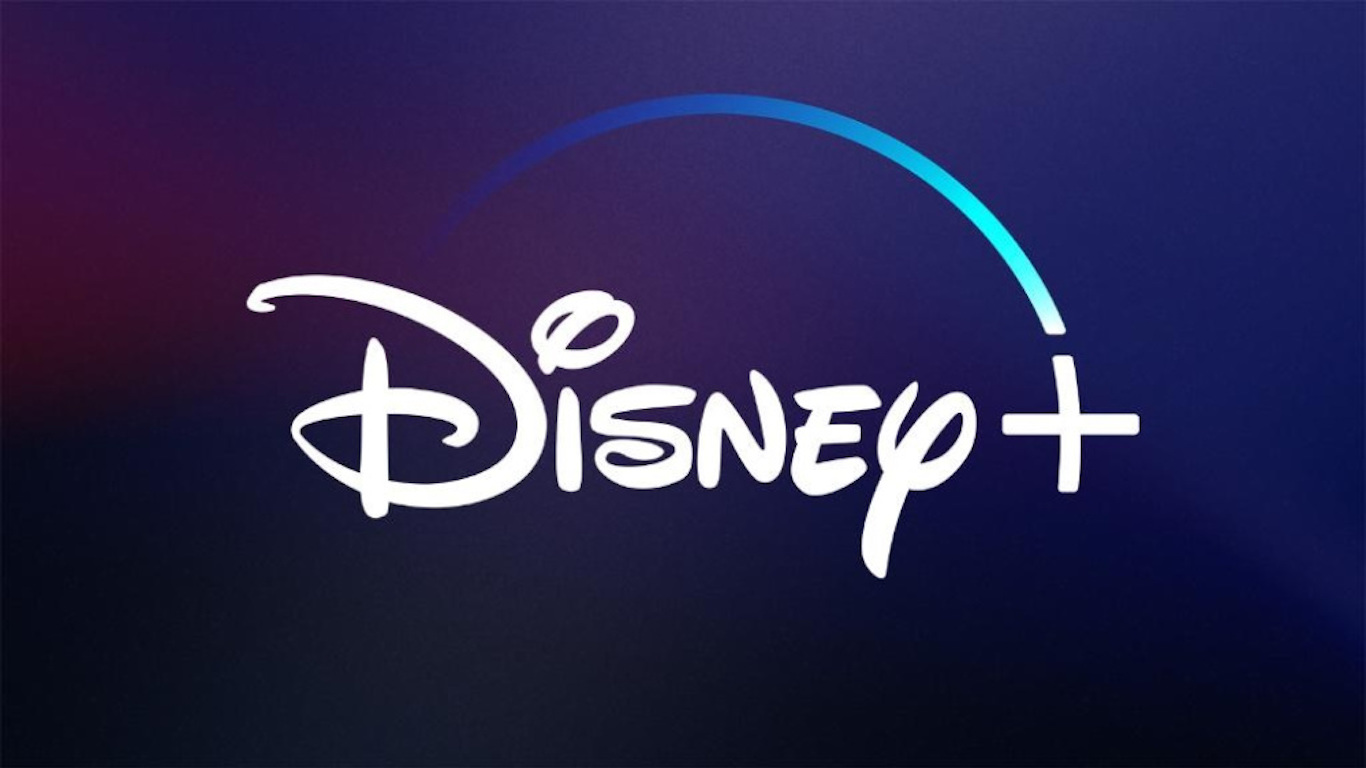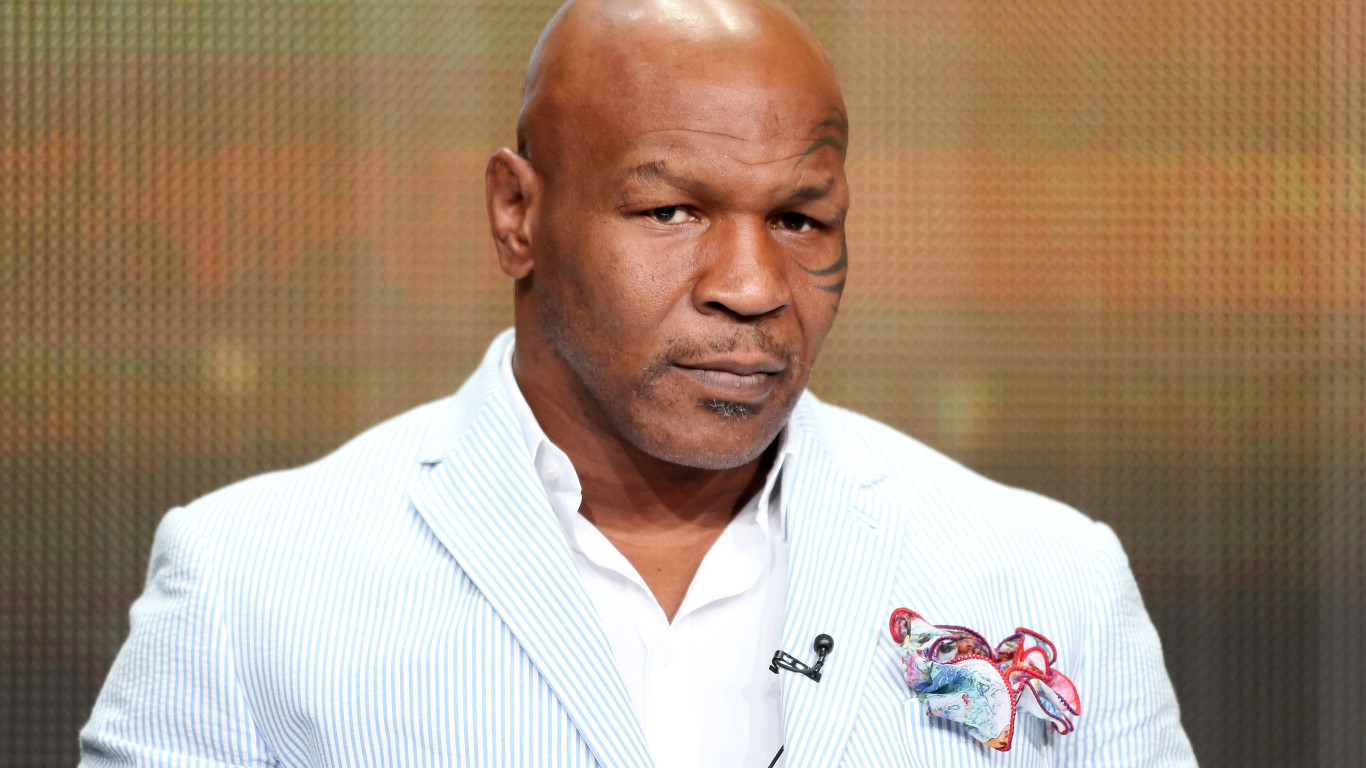
Following the ups and downs of Walt Disney Co. (NYSE: DIS) shares over the last 30 days has been like taking a ride on Space Mountain, thanks largely to the COVID-19 pandemic.
With coronavirus shutdowns affecting many Disney revenue streams, including theme parks, cruise ships and movie production, the House that Mickey Built was suffering. Revenue, earnings per share and the stock price plunged.
The only bright spot was the success of the Disney+ streaming service, which is well suited to the stay-at-home crowd. It has racked up 54 million subscribers, putting it well ahead of its expected growth timeline.
Theme parks and resort properties account for about 40% of Disney’s revenues. So returning the parks to operation is vital for the health of the company, and investors understand that.
Shanghai Leads the Way
When Disney reopened its theme park in Shanghai, China on May 11, it was the first step in a measured comeback.
Disney theme park fans were giddy. Tickets for the reopening day sold out immediately. The share price started rising, even though the park was operating with a limited capacity. People began talking about when other Disney theme parks would reopen.
On May 27, the company announced a phased reopening of Disney World in Orlando, Florida, and Disneyland in Anaheim, California. That news also brought a momentary bump in the stock price.
In Florida, Disney’s Magic Kingdom and Animal Kingdom are scheduled to reopen on July 11. Disney’s Hollywood Studios and Epcot will resume business on July 15.
On the West Coast, Disneyland and Disney California Adventure are planning to reopen on July 17.
New COVID-19 Concerns
Now, even before the U.S. parks open their gates, reports of rising numbers of COVID-19 cases in some states have sparked concerns about a second wave of the virus. That news provoked a strong reaction in the price of Disney shares and in the wider stock market.
On Thursday, Disney stock dropped by 7.81%, closing at $112.64. The Dow Jones industrial average, S&P 500 and Nasdaq were all down by at least 5.3% in their biggest one-day losses since mid-March.
The United States has passed the 2 million mark in total COVID-19 cases, The Washington Post reported Thursday. The number is more than in any other country and was reached in less than five months. More than 113,000 deaths in the United States have been confirmed as having been caused by COVID-19.
Some states, including New York, Michigan, Illinois and Washington, have seen decreases in the number of coronavirus cases in recent weeks. But infections have been rising in 21 states, including Florida and Texas. On Thursday, Florida reported 1,698 new cases, the highest number of new cases since the pandemic began. On Wednesday, California reported 3,090 new cases, the fourth highest number during the COVID-19 crisis.
If a second wave of the pandemic hits, it is likely to affect Disney theme parks even if they do reopen. Fears of becoming infected may keep many people away. Parents may be especially reluctant to bring their children to a place where there are large numbers of people — even if they are wearing masks and practicing social distancing. The pandemic may also discourage international travelers.
A Daunting Estimate
Some officials and experts, like Arizona Gov. Doug Ducey, have suggested that the increase in cases is simply because of an increase in testing.
Dr. Ashish Jha, director of the Harvard Global Health Institute said Thursday on the “Today” show that more widespread testing did not explain an increase in the number of COVID-19 deaths in at least nine states.
“That’s coming from just more people getting sick and needing hospital care,” Jha said. “We’ve been so behind in our testing approach for months that we were missing most of the cases out there … As testing’s gotten better, we’ve identified more cases. Testing is a part of the story but certainly doesn’t explain the whole thing.”
Jha said that 800 to 1,000 people die in the United States each day from the coronavirus. If that rate stays the same, 25,000 to 30,000 people will die each month.
“Sometime in September, we’re going to cross 200,000, and we still won’t be done,” Jha said. “This pandemic is going to be with us until next spring or summer when we have a vaccine.”
Florida Competitors Reopen
An early sign of how people may respond to the reopening of Disney’s theme parks could be the turnout for the reopening of SeaWorld (NYSE: SEAS) in Orlando on Thursday.
Cars lined up two hours before the 10 a.m. opening of the theme park, which has been struggling with attendance in recent years, the Orlando Sentinel reported.
Among the visitors, the Sentinel said, was Carol Miller, who was using oxygen because she has double pneumonia and Stage 4 lung cancer.
Her oxygen supply allowed her to stay for 90 minutes. Even though she couldn’t go on any rides, Miller said she enjoyed hearing the laughter of children. In the last three months, she has left her home only about four or five times.
Although the Centers for Disease Control and Prevention has said repeatedly that people with underlying health conditions are at higher risk of becoming infected with COVID-19 and having bad outcomes, Miller said she was not concerned about her visit to SeaWorld. She said she was confident that the safety precautions taken by the theme park were sufficient.
SeaWorld requires visitors to wear masks but it has some designated areas where people may sit down and remove their face coverings.
Last Friday, Universal Orlando Resorts (NASDAQ: CMCSA) reopened three theme parks: Universal Studios Florida, Islands of Adventure and Volcano Bay.
Visitors are required to wear masks and have their temperatures checked. Anyone whose temperature is above 100.4 degrees is turned away. Social distancing measures are in place throughout the park.
The consensus among 27 analysts is that Disney stock is a Hold. The median target price from 24 analysts offering 12-month price forecasts is $121, with a high of $140 and a low of $101. Last month the recommendation was to buy Disney.
J.P. Morgan reiterated its Overweight (Buy) rating for Disney this week. It cited the reopening of the theme parks and the release of the movie “Mulan” in July. J.P. Morgan has a price target for Disney of $135.
100 Million Americans Are Missing This Crucial Retirement Tool
The thought of burdening your family with a financial disaster is most Americans’ nightmare. However, recent studies show that over 100 million Americans still don’t have proper life insurance in the event they pass away.
Life insurance can bring peace of mind – ensuring your loved ones are safeguarded against unforeseen expenses and debts. With premiums often lower than expected and a variety of plans tailored to different life stages and health conditions, securing a policy is more accessible than ever.
A quick, no-obligation quote can provide valuable insight into what’s available and what might best suit your family’s needs. Life insurance is a simple step you can take today to help secure peace of mind for your loved ones tomorrow.
Click here to learn how to get a quote in just a few minutes.
Thank you for reading! Have some feedback for us?
Contact the 24/7 Wall St. editorial team.
 24/7 Wall St.
24/7 Wall St.